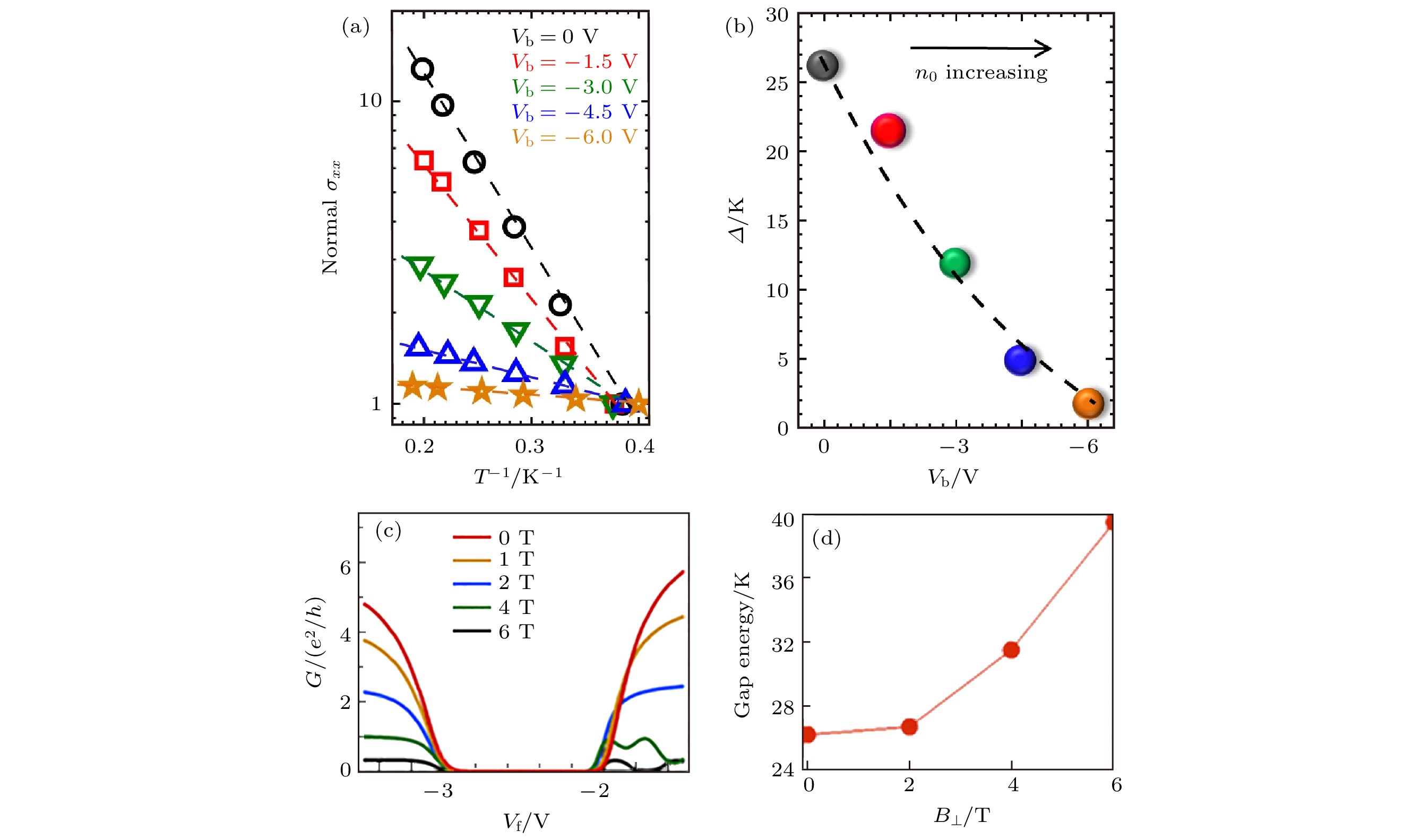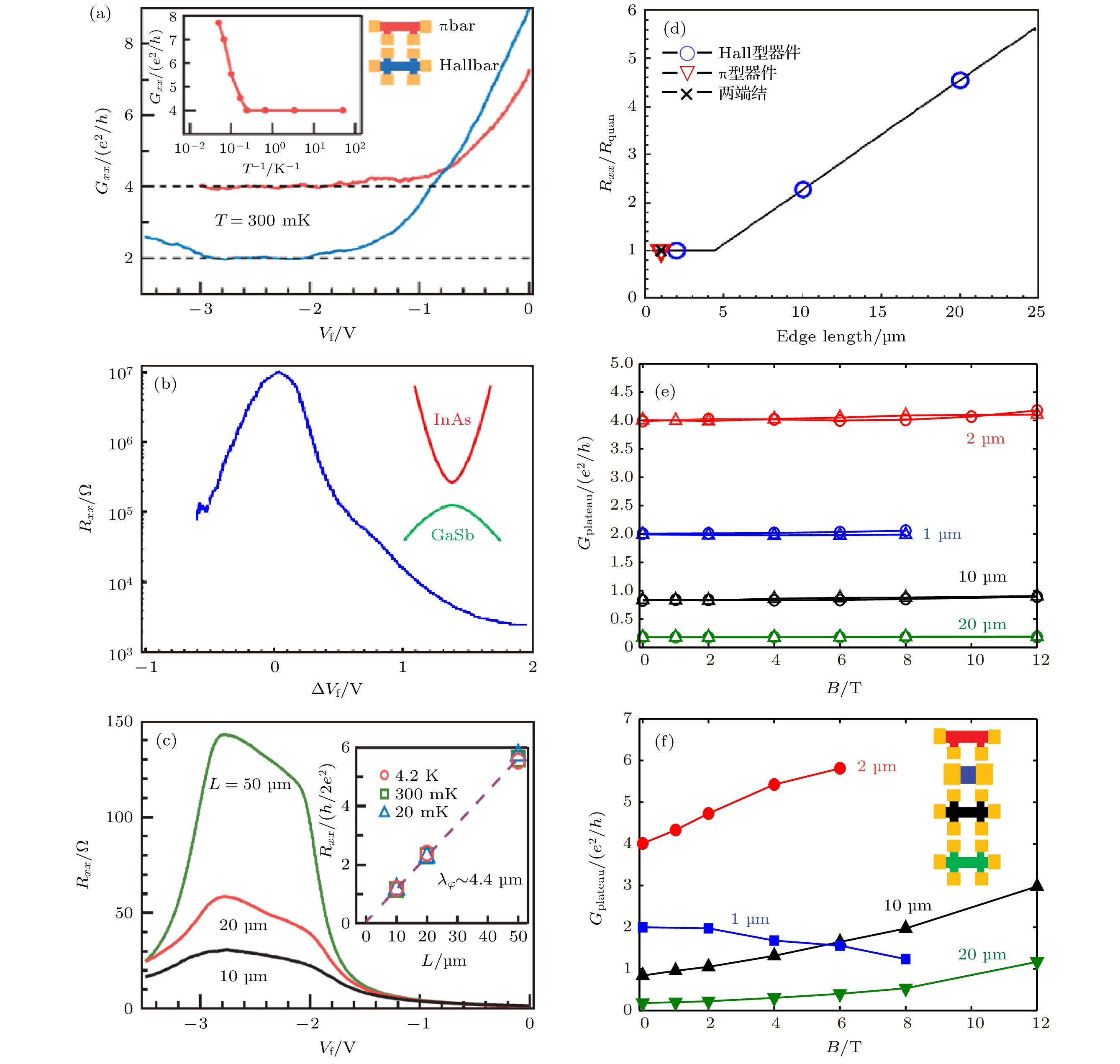Under Coulomb interactions, electrons and holes have a phase transition from a semi-metal state into an excitonic ground state, with a gap spontaneously opening at the Fermi level. The excitonic ground state is called excitonic insulator. The excitonic insulator has attracted extensive attention in condensed matter physics, but the experimental evidence of such a quantum state is still under search. Until recent years, optical spectral and transport evidence of the excitonic insulator has first been observed in shallowly inverted InAs/GaSb quantum wells, which confirms the existence of the exciton insulator in a two-dimensional system. Surprisingly, one-dimensional helical-like topological edge states, which are not sensitive to temperature nor magnetic field, have been observed in the excitonic insulator state by transport measurements. This new quantum phase cannot be well explained by existing single-particle theories, which is called a topological excitonic insulator. In this paper, we systematically review the experimental studies on the topological excitonic insulator in the InAs quantum well and GaAs quantum well, including magneto transport, terahertz transmission, capacitance, and Coulomb drag measurements. These experimental results comprehensively characterize the bulk properties and edge properties of the topological excitonic insulator. Furthermore, as a ground state consisting of bosons, the topological excitonic insulator is expected to have a quantum phase transition into Bose-Einstein condensate with macroscopic coherence under extreme conditions, which provides a new platform for studying the quantum phenomena of Coulomb interactions in low dimensions.














 DownLoad:
DownLoad:






